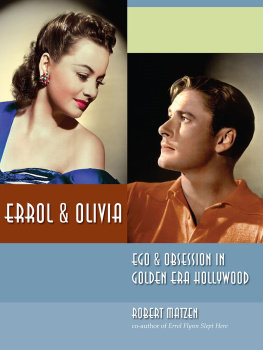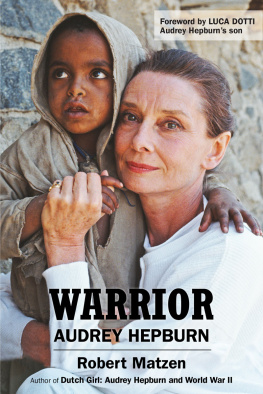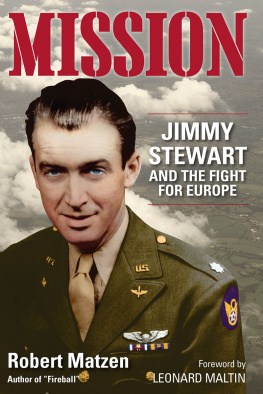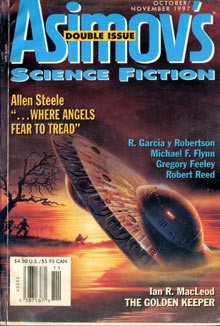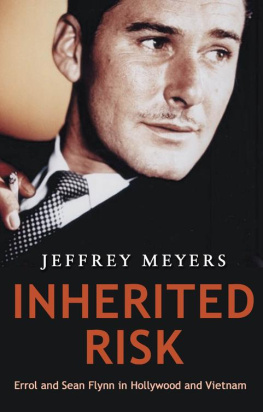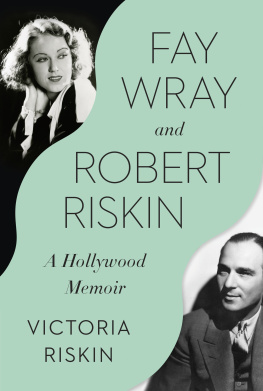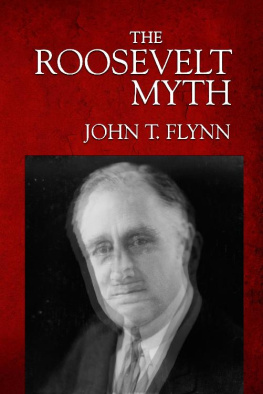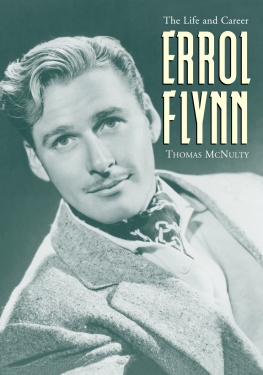

GoodKnight Books
2009 by Paladin Communications
All rights reserved. No part of this book may be reproduced or transmitted in any form or by any means, electronic or mechanical, including photocopying, recording, or by any information storage and retrieval system without permission in writing from the publisher.
Published by GoodKnight Books, an imprint of Paladin Communications Pittsburgh, Pennsylvania
Printed in the United States of America
First Edition
Library of Congress Control Number: 2008940021
ISBN 978-0-9711685-7-2
ISBN 978-0-9885025-8-1
ISBN 978-0-9885025-9-8
ISBN 978-0-9962740-0-5
frontispiece: Errol Flynns Mulholland Farm by Bert Six
(John McElwee Collection)
Jacket design by Sharon Berk
Mulholland Farm cover photographs by Bert Six
Rick Nelson photograph by Leda Carmody
CONTENTS
Index
Preface
W hat a strange topic for a bookErrol Flynns house. It wasnt the grandest home in the sprawling set of duchies that bear the collective designation of Hollywood. It didnt have the biggest living space, to the surprise and sometimes disappointment of casual visitors who expected a castle. It wasnt the best designed, but rather has been described as a mishmash. It often wasnt clean and green; the winds channeling through the gorges blew dirt into the windows and the pool and the tennis court. It wasnt easily accessible; the prospective visitor traveling in bad weather or at night risked life and limb. What Errol Flynns house had going for it was Errol Flynn.
Writer Earl Conrad, who ghostwrote with Flynn the memoir My Wicked, Wicked Ways, tried to pinpoint the worlds enduring fascination with Flynn:
The remarkability of him was his individuality, his uniqueness, a certain independence and even wildness, as if he were an untamed brother of the sky, like the wild geese that fly overhead while domesticated geese in their barnyard warrens are limited to looking upward yearningly at the free-flying geese overhead, going hundreds of miles a day north or south.
We earthbound humans dream our dreams of adventure, lovemaking, sailing, flying, wealth, beauty, conquest. He lived all of them, every day.
Within the reminiscences of the people who knew him, the three words that appear most often are larger than life, alluding to a genuine swashbuckler, a quintessential human being with all the blessings and all the flaws of creation wrapped up in a six-foot, two-inch collection of molecules. He entertained. He created. He inspired. He experimented. He destroyed. He made love. He hated. Part poet and part sadist, in one breath charming and in the next cruel, a fabulous-looking guy who could appear genuinely uglyand he did all this in 50 short years.
This wasnt just any house. This was his house.
The story of the house on Mulholland Drive doesnt end with Errol Flynn. The place that he had made famous and infamous and notorious and perverted would endure for more than 30 years after he left it, and it would be owned by two men who were also described as larger than life, giving this particular house quite the pedigree.
Stuart Hamblens name today lacks the weight that it carried 50 years ago when he hobnobbed with John Wayne, Roy Rogers, and Ronald Reagan, and wrote hit songs, and broadcast a radio show that was number one on the West Coast and syndicated across the country. But Hamblen lived at Mulholland during 20 of his most productive and successful years, and to this day, the Hamblens view Mulholland as part of the family.
Ricky Nelsons name has endured more for his presence on a hit TV series that ran 14 seasons than for his first love, and his great talent, music. Nelson lived at Mulholland for six-plus years, along with his children, Tracy, twins Matthew and Gunnar, and youngest son Sam. And Rick Nelson would die owning Mulholland, loving the idea of it being Flynns house. For Nelson, Mulholland was a place to hide his pain, in the quiet and the dark, for long stretches at a time.
This strange topic for a book begins in the South Seas and ends in Texas, but no matter how far its three fearless owners strayed, they remained anchored to one place that is burned into the memories of everyone who knew them and visited there. That place is Mulholland Farm.
- Robert Matzen, August 2008
A ll my life, I have wanted to write about Hollywood history. A house would seem an unlikely subject. After all, how much can you write about a house, even if it is a celebritys home in Hollywood? To my knowledge, no one has ever devoted an entire book to a film stars home, although some worthy subjects come to mindDoug and Marys Pickfair and Harold Lloyds Greenacres. For me, it is Errol Flynns Mulholland Farm.
On a June day in 1987, I walked through Mulholland Farm. In the hour or so that I was there, Mulholland revealed few of its secrets to me. Little did I know of the hidden passageways, peepholes, two-way mirrors, and the resident ghost that virtually all of Mulhollands residents would come to know. For all that, I would have to wait.
Although my time there was brief, I took almost 100 35mm photos of the house and grounds.
Less than a year after my visit to Mulholland, author William Donati contacted me and inquired whether I had a photo of Errols pal, Hollywood stuntman Buster Wiles, at Mulholland Farm. Unfortunately, I did not, and Bill, who was working on his excellent book, My Days with Errol Flynn (1988), told me that he and Buster had recently spent an afternoon at Mulholland and that the house had been gutted to the point that only bare studs with dangling wiring remained where there had once been walls. I was shocked. When I got off the phone with Bill, I revisited my photos, now knowing that what once had been, was no more.
When I photographed the house in 1987, little had changed since the Flynn days. Now, the house had been permanently altered, and I realized I may have the last record of its unaltered state. Soon after, I was contacted by a friend and fellow Flynn fan, Trudy McVicker, who asked for a couple sets of my Mulholland pictures. She also wondered if it would be too much trouble for me to provide captions as a kind of virtual tour.
More than a year had passed since I took the photos, and I was unsure about what went where. Eventually I had to refer to my negative strips to verify the order in which I had taken the photos. I sketched a floor plan of the house to indicate the areas where I had taken each photo. I tried to read as much as I could find about the house. I sent the photos to Trudy, and she put them in a binder and added my captions to make a booklet. To Trudy, I am grateful for making me realize that in some small way, I had helped to record part of Hollywood history.
In the fall of 1988, filmmaker and lifelong Flynn fan Jack Marino called to tell me that Mulholland House had been torn down. Shortly thereafter, Jack sent me a photo of the ruins with a lone chimney standingthe very fireplace that I had proudly posed in front of less than a year and a half earlier and where Errol had posed for Warner Brothers photographer Bert Six some 45 years before that. Errol Flynns Mulholland House had become a teardowna house that is purchased not for the home, but for the property upon which it sits. When it comes to real estate in Hollywood, nothing is sacred.
- Michael Mazzone, August 2008
Next page

